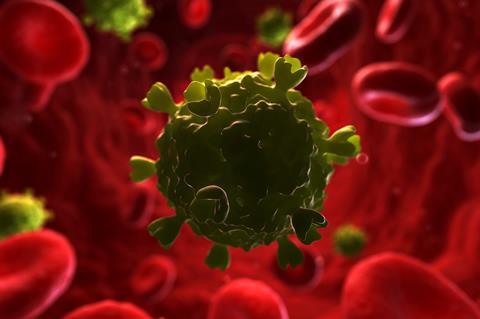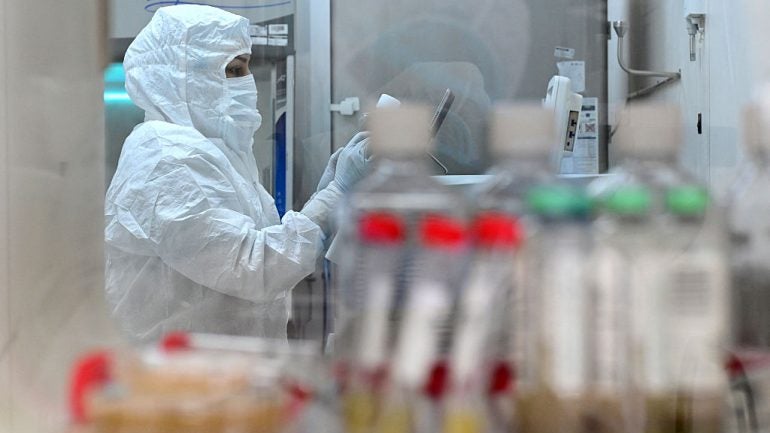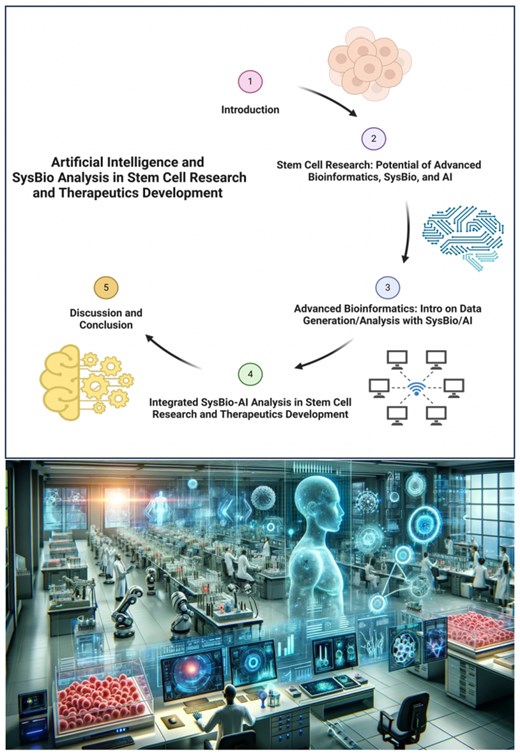
by admin | Dec 12, 2025 | Bernie Siegel’s WORLD STEM CELL SUMMIT BLOG, News and Opinions
By Tosin Thompson – Chemistry World – Two years ago, the UK became the first country to approve Casgevy, a Crispr-based therapy for the blood disorders sickle cell disease and β-thalassaemia. This year saw the world’s first personalised Crispr therapy for...

by admin | Dec 11, 2025 | Bernie Siegel’s WORLD STEM CELL SUMMIT BLOG, News and Opinions
By Vycellix – – Single-step CD45-engager technology shows robust immune evasion with functional persistence in pre-clinical models – Phase 1 study to evaluate ‘off-the-shelf’ natural killer cell cancer immunotherapy in the treatment of multiple...

by admin | Dec 10, 2025 | Bernie Siegel’s WORLD STEM CELL SUMMIT BLOG, News and Opinions
by Children’s Medical Research Institute – MedicalXpress – Researchers at the Eye Genetics Research Unit at Children’s Medical Research Institute (CMRI) are the first in the world to use stem cells to study one of the genetic causes of Leber...

by admin | Dec 9, 2025 | Bernie Siegel’s WORLD STEM CELL SUMMIT BLOG, News and Opinions
by Aamir Khollam – Interesting Engineering – Texas A&M scientists used nanoflower-boosted stem cells to deliver extra mitochondria to weakened cells, restoring lost energy and improving survival under stress. Scientists at Texas A&M University...

by admin | Dec 8, 2025 | Bernie Siegel’s WORLD STEM CELL SUMMIT BLOG, News and Opinions
By Miranda McLaren – Clinical Trials Alerts – Mesenchymal stem cells have been explored across a wide range of diseases due to their potential to reduce inflammation and promote tissue repair and regeneration. BBG Advanced Therapies’ Rogelio Zamilpa, PhD...

by admin | Dec 5, 2025 | Bernie Siegel’s WORLD STEM CELL SUMMIT BLOG, News and Opinions
By Stem Cells Translational Medicine – Background: Stem cell research has rapidly advanced during the past decades, but the translation into approved clinical products is still lagging behind. Multiple barriers to effective clinical translation exist. We...







